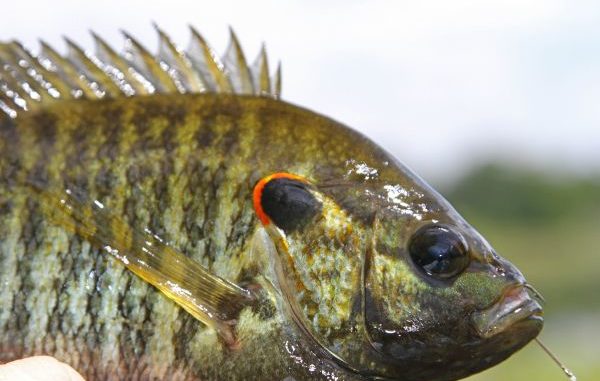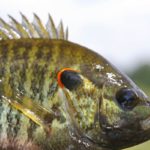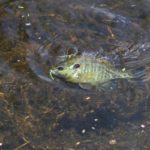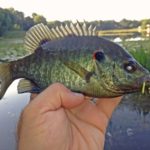
Bluegill get most of the attention from panfish anglers, but don’t forget about chinquapin.
It’s a well-founded piscatorial propensity: Tell someone you’re heading off for a panfish mission and you’ll typically hear some bluegill-related reply.
Is that wrong? No, but it’s not completely correct either.
Given their abundance and nearly year-round availability, bluegill get the lion’s share of panfish exposure. However, one of their neighboring species — the redear sunfish (aka “shellcracker” or “chinquapin”) makes a convincing case for more attention.
A diverse appetite and feisty spirit make this an accommodating species that offers great sport for experienced anglers, while also providing a great entry point for kids and novices.
A wide array of baits will tempt chinquapin — and when the fish move shallow to spawn, expect extremely aggressive territorial behavior.
Louisiana Sportsman columnist Glen “Catch” Cormier loves a good fish fry, and he said those chinquapin do just as nicely as the bluegill.
Reeling up both fish in close proximity won’t shock him, but the ones with crimson earrings definitely have some distinguishing preferences.
“They tend to hold more to the bottom,” Cormier said. “I think that’s one reason the bluegill get more press — because they’re usually more available closer to the surface.”
Examining stomach contents, Cormier has found a mix of aquatic insects, grass shrimp and little crawfish — certainly a buffet consistent with fish foraging in the lower part of the water column.
Seasonally speaking, Cormier finds chinquapin are more spring and fall oriented than the bluegill. In the Atchafalaya Basin, Bill McCarty said his chinquapin prime time is mid-April through mid-June.
“They’re most definitely more active in the spring, but after they spawn they tend to drop off into deeper water, and we start to see fewer fish,” Cormier said. “That’s another reason why they’re not as (mainstream) as bluegill — people aren’t really fishing for them during their more-active spring period.
“They’re fishing for bass and sac-a-lait.”
When it comes to habitat preference, redear seem to favor hard substrate. Sandy bottom works, as does man-made habitat.
For example, Cormier said he catches a lot of chinquapin in Grand Bayou Lake, particularly along the Louisiana Highway 784 bridge causeway that crosses the lake’s west end.
Elsewhere, he’s fared well on lakes like Bruin, Concordia, Providence and Black River, all of which have expansive shell beds.
“For some reason, the old oxbow lakes have a lot of shell beds on the shallow ends,” he said. “I used to catch hundreds of chinquapin on the False River over the shell beds, while the bluegill were mostly in the grass.”
In the basin, Bill McCarty also targets hard surfaces, but his objectives are the those that rise from the dark waters — cypress trees.
Catching one chinquapin per tree is the rarity, McCarty said. The fish usually stack on the cypress, so finding the right tree can be a gold mine opportunity.





